The BioTexValve demonstrates the potential of bio-inspired textile-reinforcement for the fabrication of functional tissue-engineered heart valves for the aortic position.
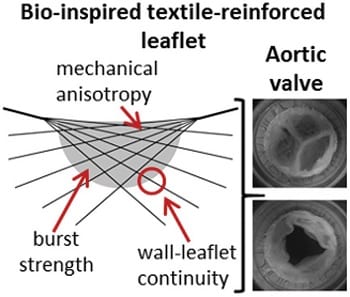

The BioTexValve demonstrates the potential of bio-inspired textile-reinforcement for the fabrication of functional tissue-engineered heart valves for the aortic position.
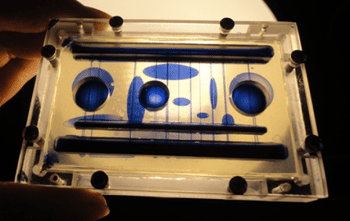
Researchers describe a novel “body-on-a-chip” device that consists of 14 interconnected compartments, each representing a different organ of the human body.
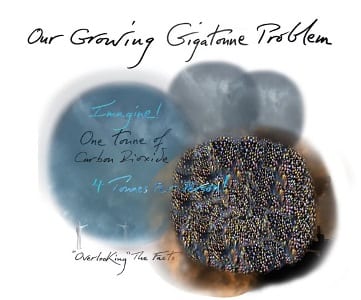
Prof. Geoffrey Ozin discusses our growing gigatonne CO2 challenge, and how we must now work together to solve it.

easySTORM: a robust, lower-cost approach to localization and TIRF microscopy A broad range of new microscopy methodologies have recently been introduced collectively referred to as “super-resolved microscopy (SRM)”. They offer resolution measured in tens of nanometers...
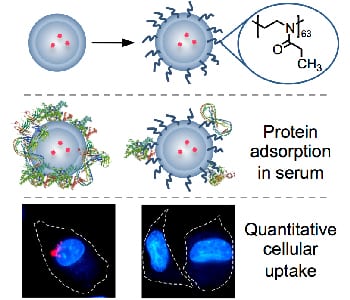
To avoid an undesired protein adsorption, nanoparticles were masked with poly(2-oxazoline)s resulting in a stealth coating comparable or superior to PEG.
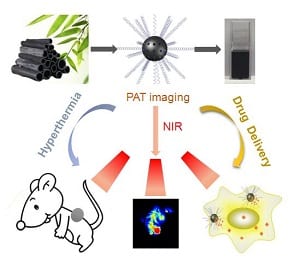
A promising multifunctional nanocarrier for opto-acoustic imaging-guided chemotherapy or phtotothermal therapy is presented.
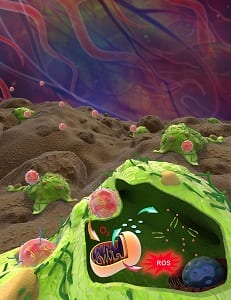
This nanocarrier shows excellent oxygen-carrying properties and ATP-responsive drug release, which makes it a potent agent for cancer therapy.
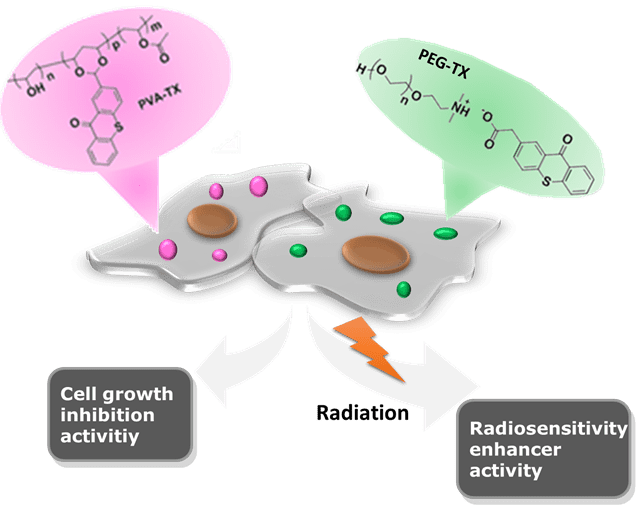
Researchers successfully prepare polymeric thioxanthones, which were shown to be used as potential anticancer and radiotherapy agents.
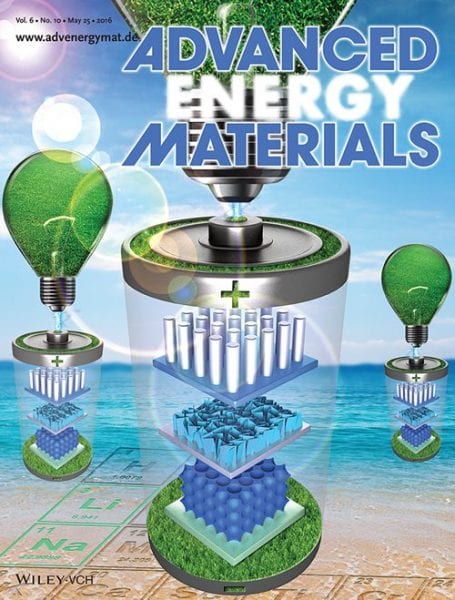
Take a look at the great cover images from the May issues and top five most downloaded articles this month.
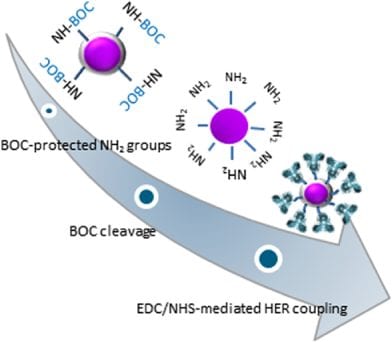
A novel method for preparing biodegradable polyurethane nanoparticles that will actively recognize cancer cells.